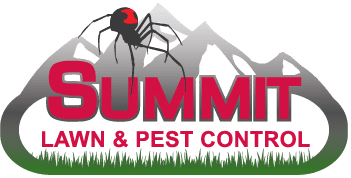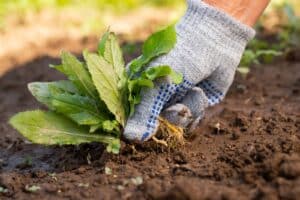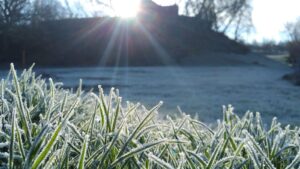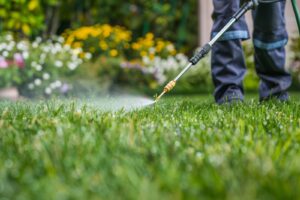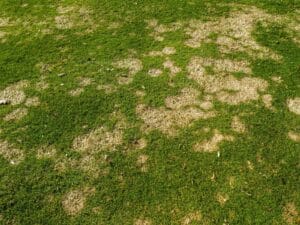Inspection and pest identification are critical steps in a pest prevention and control program. Inspections require knowing where to look and what to look for, and they improve only with success and experience. Identifying what is found also is important, to the customer and to the treatment method.
A thorough inspection of suspected harborages and feeding sites will show the extent of the infestation and where to treat. This improves application efficacy and reduces costs. Residential and commercial customers rely on service technicians to inspect before they treat and to monitor after they treat.
Thus, the first step in any pest management program is an inspection of the site to determine the location and population of the target pest. With this information:
1. The best chemical and non-chemical methods can be determined for the control
2. Information on pest-conducive conditions in the indoor or outdoor habitat is gained
3. The pest(s) can be identified and food and harborage requirements determined to enable the implementation of preventive measures
